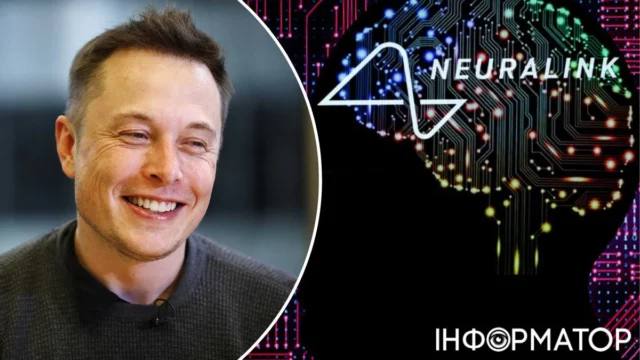Revolutionizing the Future: Elon Musk’s Neuralink Makes History with First Patient Implant
In a groundbreaking moment that echoes the stuff of science fiction, Elon Musk’s Neuralink has reached a major milestone: the first patient has successfully undergone an implant procedure and, astonishingly, is able to control a computer mouse just by thinking about it! This incredible feat not only showcases the remarkable capabilities of neural technology but also ignites a spark of hope for individuals facing mobility challenges.
The Achievement: What Does It Really Mean?
The essence of this achievement lies in its potential. Imagine someone who has lost the ability to move their limbs due to a spinal injury or neurological condition. For these individuals, even the simplest tasks—like navigating a computer—can feel impossible. However, with Neuralink’s chip, the first patient reported no adverse effects and has fully recovered from the procedure, marking a monumental step towards redefining human-computer interaction.
According to the World Health Organization, over 1 billion people worldwide live with some form of disability, many of whom could benefit immensely from technologies like Neuralink. The chip could potentially offer a lifeline for these individuals, allowing them to regain independence and improve their quality of life.
What’s Next? Continuous Research and Development
Neuralink is not resting on its laurels. The team is diligently collecting data to monitor the long-term effects of the implant. This ongoing research is crucial—not just for refining the technology, but also for discovering how it can serve a wider variety of neurological conditions. Imagine a future where people can communicate more effectively or interact with their environment as effortlessly as we currently scroll through social media.
Transforming Lives Through Technology
The implications of Neuralink’s technology extend far beyond personal convenience. Here’s a quick look at some potential applications:
- Assistive Technologies: Enhancing devices for those with disabilities, enabling them to control wheelchairs, prosthetics, or even smart home devices.
- Medical Treatments: Offering new therapies for conditions like epilepsy, Parkinson’s disease, and more, through targeted stimulation of brain areas.
- Neuroenhancement: Expanding cognitive capabilities, allowing for improved memory or learning abilities.
This technology isn’t merely about assisting those in need—it’s about empowering them. As we continue to explore the frontier of brain-computer interfaces, we can only imagine the revolutionary changes that await us. With estimates predicting the market for neurotechnology could surpass $8 billion in just a few years, there’s no denying that a shift is on the horizon.
Conclusion: A New Era of Human-Machine Interaction
Elon Musk and Neuralink are undoubtedly steering us toward an exhilarating future where the lines between human cognition and technology blur. As the research progresses, the hope is that these breakthroughs will inspire even more innovations, ultimately transforming how we perceive our capabilities and our world. This journey is just beginning, and we’re all invited to witness the evolution of neurotechnology.
Stay tuned as we explore the wonders of this revolutionary frontier and continue to engage in discussions about its ethical implications and societal impacts.





